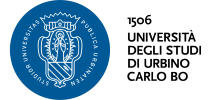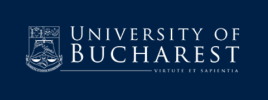How do the Richest 1% Own 50% of the National Wealth in an Integrated Walrasian Equilibrium and Neoclassical Growth Model
DOI:
https://doi.org/10.14276/2285-0430.1897Abstract
This paper proposes a dynamic economic model of heterogeneous households to explain economic mechanisms of how the richest one per cent of the population own 50% of national wealth. We explain inequality in a purely competitive economic environment with endogenous wealth and human capital accumulation. The production technologies and economic structure follow the Uzawa two-sector model. In this study a household’s disposable income is the traditional disposable income (which is the income that a household earns each period of time after taxes and transfers in the Solow model and many empirical studies) plus the value of the household’s wealth. By applying Zhang’s concept of disposable income and utility function, we describe consumers’ wealth accumulation and consumption behavior. We show how wealth accumulation, human capital accumulation, and division of labor, and time distribution interact with each other under perfect competition. We simulate the model with three groups of the people, the rich, the middle, and the poor whose shares of the population are, respectively, the 1 %, 69%, and 20%. We demonstrate the existence of an equilibrium point at which the rich 1% own more than half of the national wealth and the poor 20% less than 10% of the national wealth. The rich household works only 4 hours a day and the poor household 11 hours a day. We show how the system moves to the equilibrium from an initial state and confirm that the equilibrium point is stable. We also demonstrate how changes in the total factor productivity of the capital goods sector, the rich’s human capital utilization efficiency, the rich’s efficiency of learning through consuming, and the rich’s propensities to save, to consume, and to enjoy leisure, affect growth and inequality.
Classification-JEL: JEL. No: O41
Keywords: Inequality and growth; learning by consuming; wealth and income distribution; heterogeneous households.
Downloads
Published
How to Cite
Issue
Section
License
L'opera è pubblicata sotto Licenza Creative Commons -CC Attribution-ShareAlike 4.0
Accepted 2019-01-29
Published 2015-06-28



